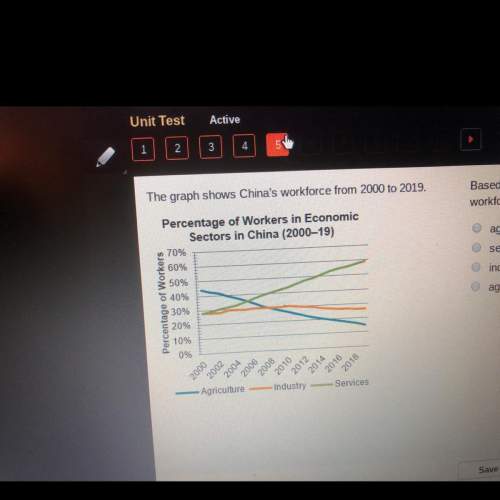Civil Disobedience
Part 2:
Thoreau’s ideas had a profound effect on a man na...

History, 17.03.2020 05:56 SKYBLUE1015
Civil Disobedience
Part 2:
Thoreau’s ideas had a profound effect on a man named Gandhi. Gandhi, was a leader in India who worked to end British rule. He led India to independence and inspired many to non-violent forms of protest and resistance. He fought to end poverty, worked to expand women's right to vote, and built bridges between ethnic and religious groups. Like Thoreau, he lived simply, owned very little, and ate a vegetarian diet. In India, Gandhi's form of protest was called the "non-cooperation movement." He urged Indians to boycott British education systems and leave government jobs. The movement was very popular, and in part to stop its spread, the British controlled government arrested him. After a few years, he was released and became active in politics again. He inspired many to follow him on marches to protest various taxes. On one such march, thousands followed him 240 miles over 24 days to the sea to protest a salt tax. This march set the example of non-violent resistance to the government that others in the country followed. Eventually India won independence from Britain, in large part because of Gandhi work.
Gandhi's model of resistance and reform was creative, appealing, and successful. As a result, Dr. Martin Luther King looked to Gandhi when the time came to find a way to resist segregation in the South. The lunch counter protests, famous for the passive response to anger, and even violence, aimed to end the separation enforced by laws in some regions of the South. King also organized walks, marches, and bus rides that were meant to bring attention to the issues facing African Americans. These forms of protest were directly modeled on Gandhi's, but King took them straight to the source of oppression. Where Gandhi's protests created awareness and built momentum, King's protests were in the face of great hatred and fear. The passive, non-violent protests were ultimately effective, mainly because the passive response to violence cast the opposition as brutes. However, change came slowly and at the cost of many lives. King remained committed to peaceful protest, however, until his death. King learned from Gandhi, expanding on what worked, applying old techniques to a new problem. Gandhi owed his philosophy, in part, to a New England poet who loved the woods.
Read this sentence from Part 2:
Gandhi's model of resistance and reform was creative, appealing, and successful.
What is the point of this sentence?
Gandhi created a new model for others.
Gandhi had a creative mind.
Gandhi had many supporters.
Gandhi's model was effective.

Answers: 2


Other questions on the subject: History

History, 21.06.2019 22:40, jennypenny123
Excerpt from w. e. b. du bois jon reese 4 du bois was one of the first male civil rights leaders to recognize the problems of gender discrimination. he was among the first men to understand the unique problems of black women, and to value their contributions. he supported the women's suffrage movement and strove to integrate this mostly white struggle. he encouraged many black female writers, artists, poets, and novelists, featuring their works in his crisis magazine and sometimes providing personal financial assistance to them. the cause was that w. e.b. du bois encouraged many black female writers, artists, poets, and novelists. what was the result? think about cause-and-effect relationships.
Answers: 2

History, 21.06.2019 23:00, christheicebear
Which statement best completes the diagram related to the supreme court’s procedures? a. a party in a lower-court case requests that the supreme court overturn the other court’s ruling in the case. b. federal judges nominate a small number of cases to be overturned by the supreme court. c. congress votes on which court cases should be reviewed by the supreme court. d. the president selects court cases involving new laws for the supreme court to review
Answers: 1

History, 21.06.2019 23:30, awesomegrill
4. any area in which one nation has power over another; i. e. - this happened to china when it was defeated by japan
Answers: 2

History, 21.06.2019 23:30, alexvane78
Why did the fighting go on after the armistice was signed
Answers: 1
You know the right answer?
Questions in other subjects:

Chemistry, 10.12.2020 17:50

German, 10.12.2020 17:50



Spanish, 10.12.2020 17:50


Mathematics, 10.12.2020 17:50

History, 10.12.2020 17:50






